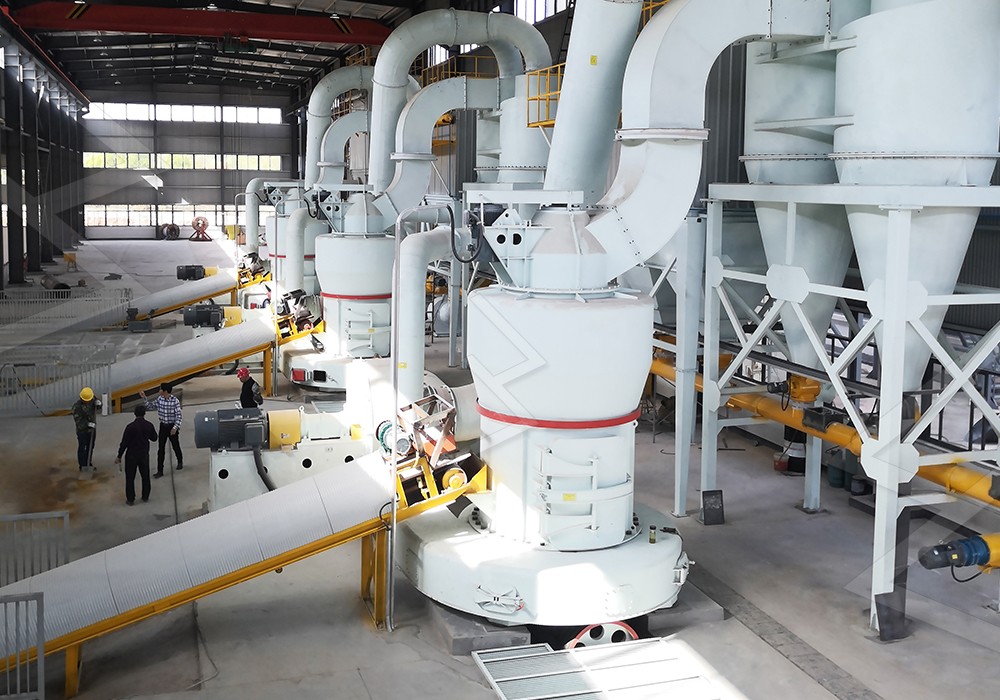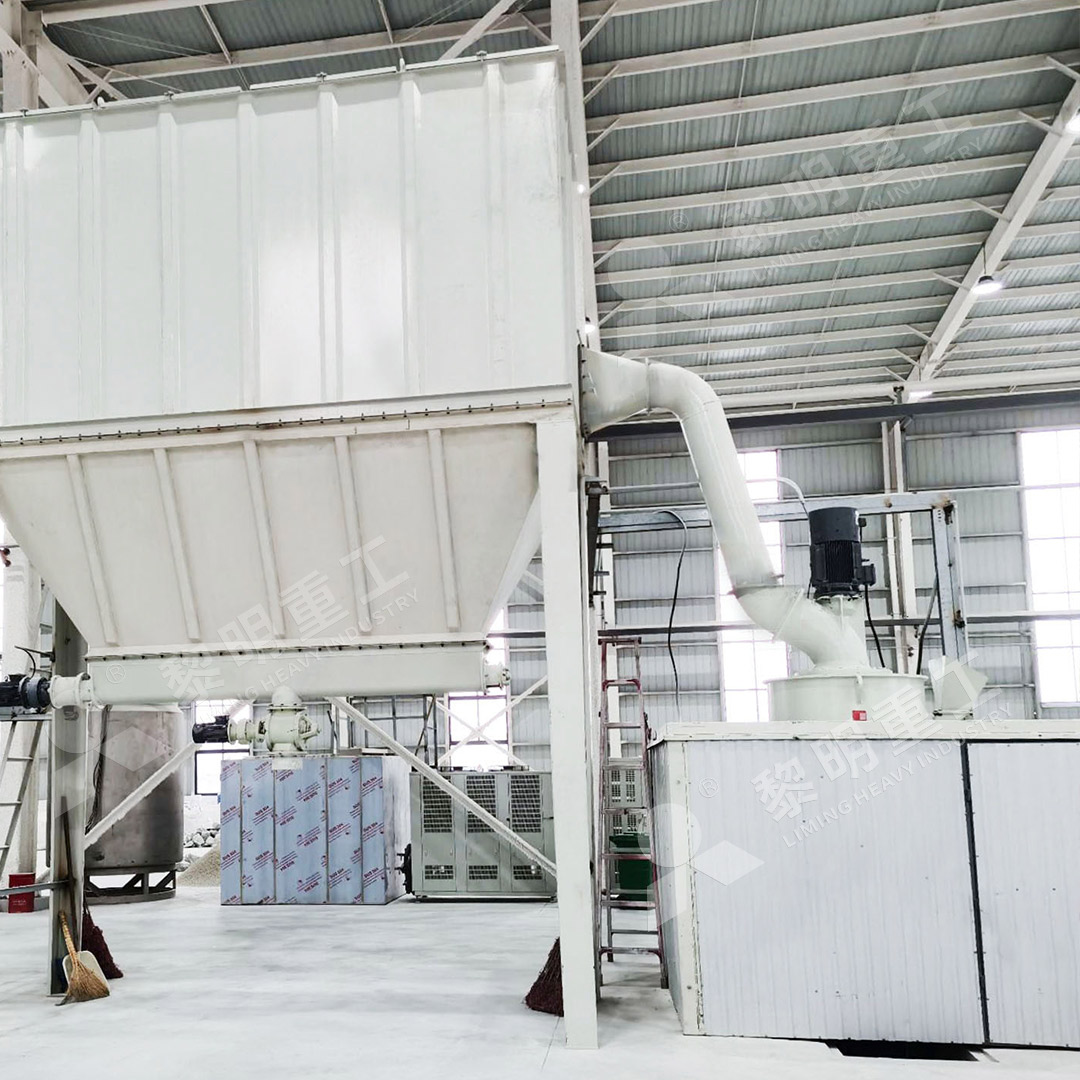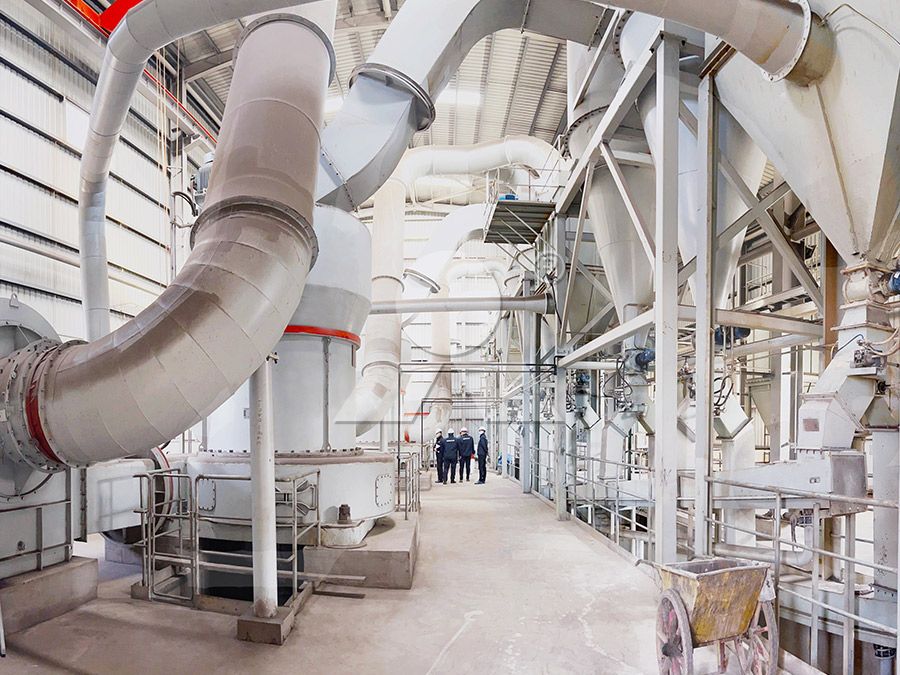Graphite Grinding Mill Process Flow and Equipment Selection Guide
Graphite Grinding Mill Process Flow and Equipment Selection Guide
Graphite processing requires specialized equipment to achieve the precise particle size distribution and purity demanded by various industries. The selection of appropriate grinding technology significantly impacts production efficiency, product quality, and operational costs. This guide examines the complete graphite grinding process and provides practical equipment selection criteria.
Understanding Graphite Processing Requirements
Graphite’s unique layered structure and lubricating properties present both challenges and opportunities in size reduction. The material typically undergoes primary crushing followed by multiple grinding stages to achieve the desired fineness, which can range from coarse powders to sub-micron particles for advanced applications.

The grinding process must preserve graphite’s crystalline structure while achieving narrow particle size distributions. Contamination from grinding media and equipment wear parts must be minimized, particularly for high-purity applications in batteries, lubricants, and advanced composites.
Key Equipment Selection Factors
When selecting graphite grinding equipment, consider these critical factors:
- Target Fineness: Required particle size distribution and top cut
- Production Capacity: Tons per hour requirements
- Product Purity: Contamination tolerance from grinding media
- Energy Efficiency: Power consumption per ton of product
- Operating Environment: Dust control and noise requirements
- Maintenance Requirements: Downtime and spare parts availability
Recommended Solution: MW Ultrafine Grinding Mill
For operations requiring ultra-fine graphite powders between 325-2500 meshes, the MW Ultrafine Grinding Mill represents an optimal solution. This advanced mill processes materials with input sizes up to 20mm and delivers capacities ranging from 0.5 to 25 tons per hour, making it suitable for both pilot plants and full-scale production facilities.
The MW series incorporates several technological innovations specifically beneficial for graphite processing. Its cage-type powder selector, utilizing German technology, ensures precise classification with screening rates achieving d97≤5μm in a single pass. The absence of rolling bearings and screws in the grinding chamber eliminates concerns about bearing damage or loose fasteners contaminating the product.

From an environmental perspective, the integrated pulse dust collector and muffler system maintain clean operation while reducing noise emissions. The external lubrication system allows continuous 24-hour operation without shutdowns for maintenance. When processing graphite, the MW mill demonstrates 40% higher production capacity compared to jet mills and twice the output of ball mills at equivalent fineness levels, while consuming only 30% of the energy of jet milling systems.
Alternative Solution: LUM Ultrafine Vertical Grinding Mill
For operations with space constraints or requiring exceptional product whiteness, the LUM Ultrafine Vertical Grinding Mill offers complementary advantages. With an input size capacity of 0-10mm and throughput of 5-18 tph, this vertical mill configuration integrates grinding, classification, and transportation in a compact footprint.
The LUM mill’s unique roller shell and lining plate grinding curve generates stable material layers that promote efficient size reduction while minimizing iron contamination. Its reversible structure simplifies maintenance, allowing grinding rollers to be easily removed from the mill body for inspection or replacement of wear parts.
Process Integration Considerations
Successful graphite grinding operations require proper integration with upstream and downstream processes. Pre-crushing to appropriate feed size, efficient material handling, and proper dust collection all contribute to overall system performance. The selection of ancillary equipment should complement the chosen grinding technology.

Modern grinding systems incorporate advanced control systems that monitor key parameters including grinding pressure, classifier speed, and feed rate. These controls ensure consistent product quality while optimizing energy consumption and maximizing equipment utilization.
Frequently Asked Questions
What is the typical energy consumption for graphite grinding?
Energy consumption varies significantly with target fineness. The MW Ultrafine Grinding Mill typically consumes 30-50% less energy than conventional jet mills while producing equivalent fineness products.
How does graphite hardness affect equipment selection?
While graphite is relatively soft, its abrasive characteristics vary by deposit. The MW series’ wear-resistant grinding elements and absence of internal screws and bearings make it particularly suitable for maintaining product purity.
What fineness range can be achieved with the MW Ultrafine Grinding Mill?
The MW mill produces powders between 325-2500 meshes (approximately 45-5 microns) with precise control over particle size distribution through its advanced cage-type powder selector.
How important is dust collection in graphite grinding operations?
Critical. Graphite dust presents both environmental and explosion hazards. The MW mill’s integrated pulse dust collector ensures compliance with environmental standards while maintaining operational safety.
What maintenance intervals can be expected with the MW series?
The external lubrication system and robust construction typically allow for extended operation between maintenance shutdowns. Wear parts life depends on graphite characteristics but generally exceeds conventional milling equipment.
